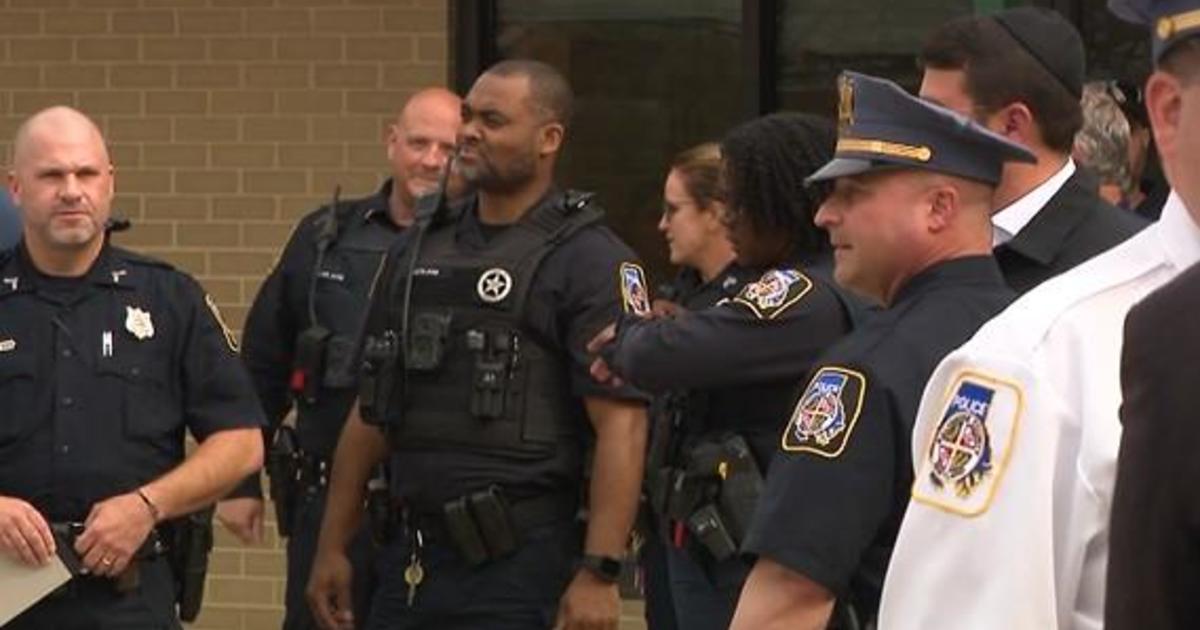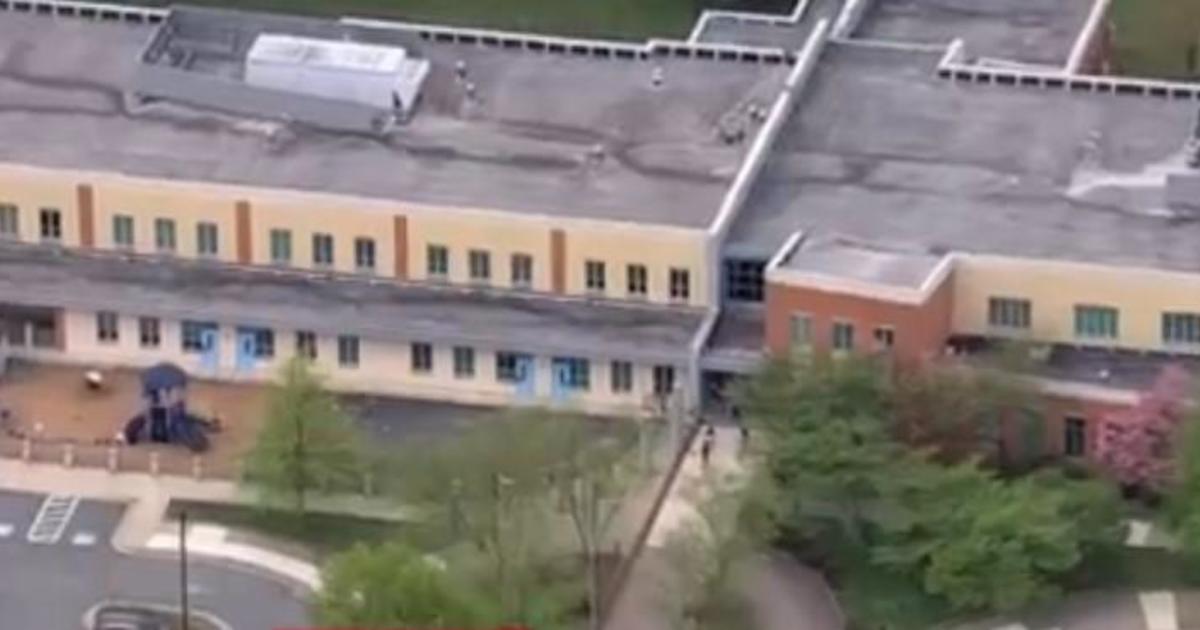High Levels Of Sulfur Dioxide Prompt Health Warning In Hawaii
(CNN) -- High levels of sulfur dioxide are being released at some fissures, posing immediate danger to people's health, Hawaii County officials warned Monday.
Officials warned residents in an area of Lanipuna Gardens that the gas could cause severe conditions such as choking and the inability to breathe. The County of Hawaii Civil Defense advised residents to leave the area to minimize exposure to the toxic gas hazard and to get medical attention if severely affected.
RELATED: Volcanoes. Geysers. Earthquakes. Mother Earth Is Doing Crazy Stuff In U.S.
Since the Kilauea volcano erupted, there hasn't been much of a break for residents of the southeast portion of the Big Island, who've been grappling with evacuations, lava and sulfur dioxide.
Fissures and threat of more eruptions
Meanwhile, fissure 17, which opened Sunday morning, remained the most active, said Janet Babb, Hawaiian Volcano Observatory geologist. It was fountaining lava and "sending spatter more than 100 feet into the air," according to the Hawaiian Volcano Observatory's Monday update.
The general public is being warned to avoid the area of fissures, said Alvin C. Bronstein, Hawaii State Department of Health's EMS chief, because the gases emitted require cartridge respirators.
The volcanic vents, or fissures, have gobbled up dozens of homes and vehicles, with 37 structures so far destroyed.
In addition to the threat of gas and fissures, there are concerns about what's known as phreatic eruptions.
These are steam-driven explosions that occur when water beneath the ground or on the surface is heated by magma, lava, hot rocks, or new volcanic deposits, according to USGS. The intense heat may cause water to boil and result in eruptions.
USGS officials have been saying such an explosive eruption is possible at Halemaumau crater at the top of the Kilauea volcano. And it could generate ash plumes over an area 12 miles from the summit crater, the HVO said. Since May 2, the lava lake in the crater began to drop, which increases the chances for a phreatic explosion.
Janet Babb, Hawaiian Volcano Observatory geologist, said the type of explosions, are "notoriously hard to forecast and can occur with little or no warning."
Most of Hawaii Volcanoes National Park remains closed since Friday, due to several possible threats including a possible steam explosion at Kilauea.
The-CNN-Wire™ & © 2018 Cable News Network, Inc., a Time Warner Company. All rights reserved.



